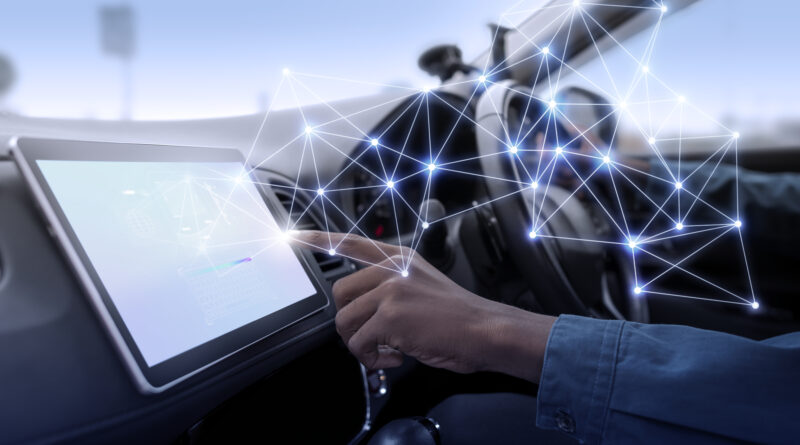The Era of Smart Mobility – Software-Defined Vehicles Are Leading the Charge
The automotive industry has seen various transformations over the last two decades, with digitization key among them. Software integration in vehicles is an innovation that continues to revolutionize the sector and its future.
Conventional mechanics gave way to software solutions, changing mobility. Software-defined vehicles (SDVs) depend on software for their core operations. They function like computers or smartphones. The software used in SDVs controls various elements, from the driver experience to safety. This article explores the several ways in which software-focused development in vehicles influences transportation and its future. Software-defined vehicles can also boost traffic efficiency, thus reducing congestion.
Enhanced Safety and Autonomous Driving
The biggest contribution that software has to vehicle development is improving safety. Vehicle-to-Everything (V2X) connectivity is one aspect that drives safety features. With this technology, a software defined vehicle can communicate with other cars, cloud services and infrastructure. Complex algorithms facilitate communication, providing functionalities such as automatic emergency braking, lane-keeping assistance and adaptive cruise control. Software-based architectures enable autonomy, allowing vehicles to handle different driving tasks. AI and machine learning are looking to enhance the technology, paving the way for full autonomy and higher safety standards.
User-Centric Designs
Software integration allows manufacturers to provide customization. SDVs offer experiences that are tailored to specific drivers. By accessing the cloud, software algorithms can tap into driver profiles to adjust infotainment, seat positions and driving modes to match individual requirements. Over time, vehicles will become more connected, thereby increasing access to information. By leveraging machine learning, SDVs might soon be able to predict user patterns.
Continuous Improvement
Automakers upgrade vehicles through over-the-air updates. They can outfit them with the newest navigation, safety and driving systems. Thanks to remote access, you don’t have to go into your dealership to receive the latest upgrade. Besides the convenience, OTA ensures vehicles operate with the latest systems. As more companies adopt the technology, users will benefit from longer product life spans and better safety.
Sustainability and Efficiency
The transportation sector is constantly pushing for more sustainable solutions for vehicles. Software has contributed a great deal towards this goal and will continue to do so. Smart technology in SDVs contributes to environmental conservation by reducing fuel consumption. Route optimization improves a car’s efficiency and decreases emissions.
Software-defined vehicles keep growing in popularity. The market, valued at slightly over $50 billion in 2024, is anticipated to be worth more than $300 billion by 2034. Software integrations have changed performance, safety, user experience and other aspects of mobility. As the technology advances, SDVs are expected to be safer, better-performing and more interactive.

